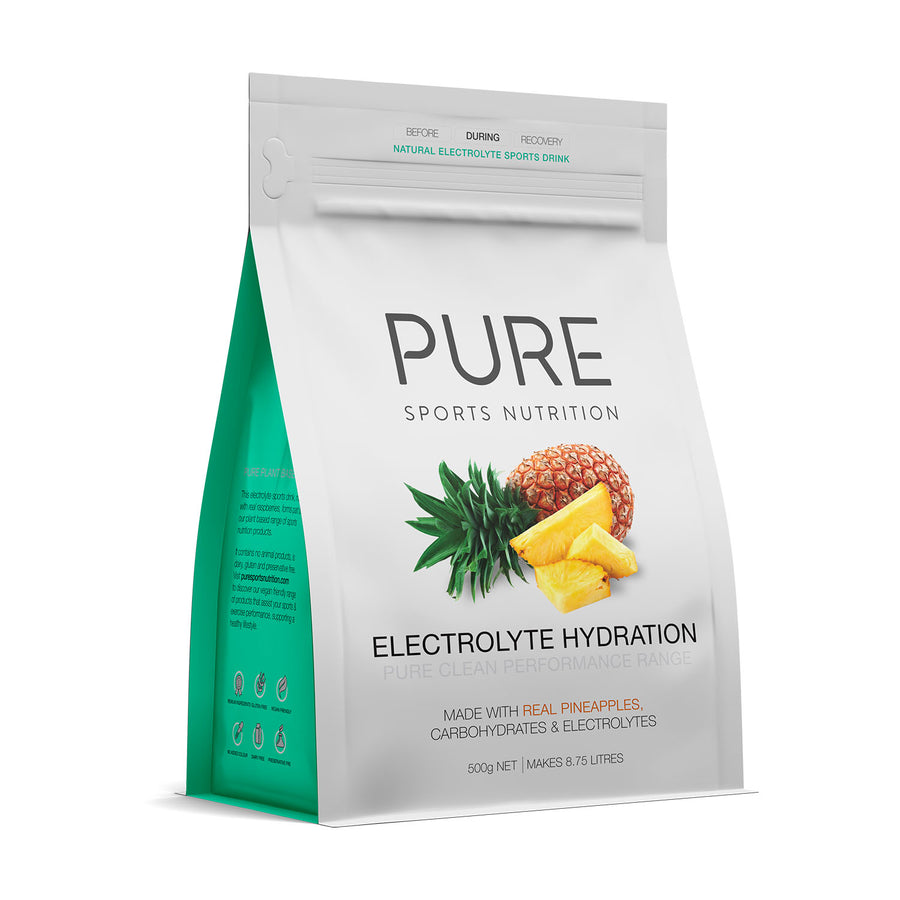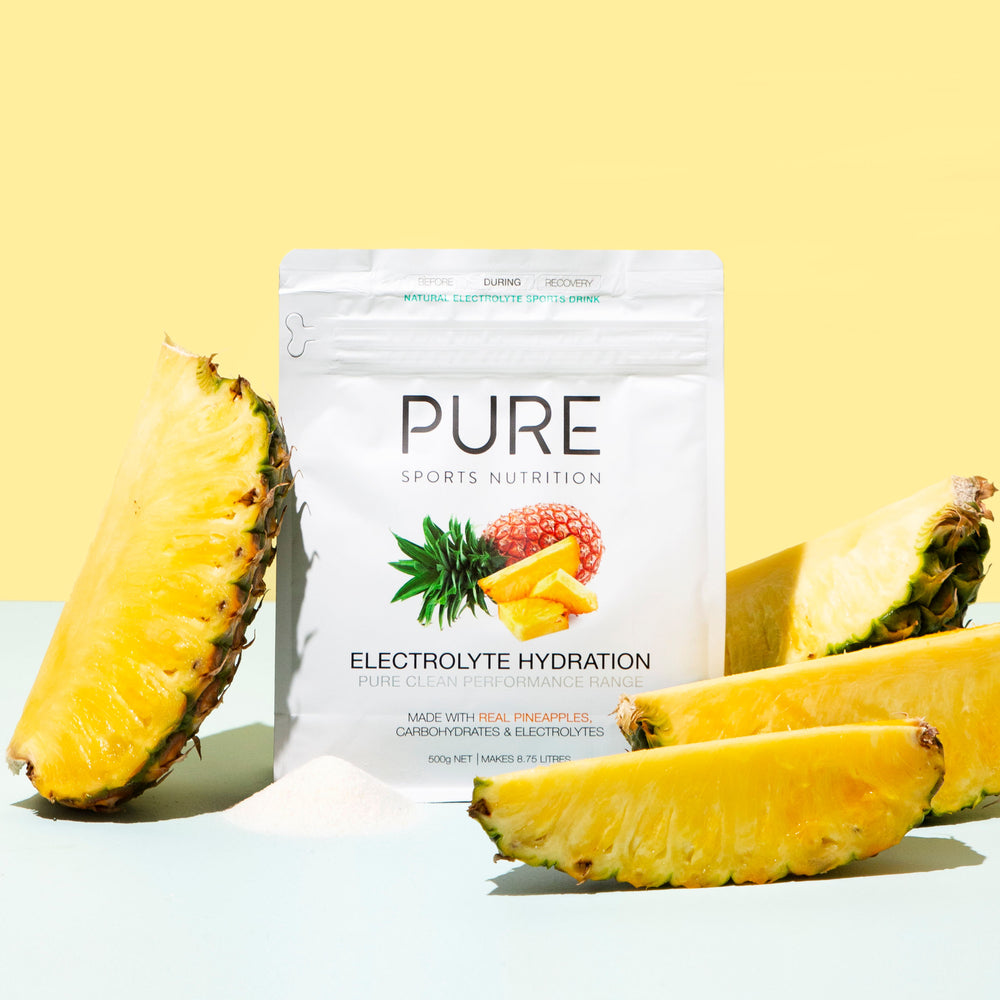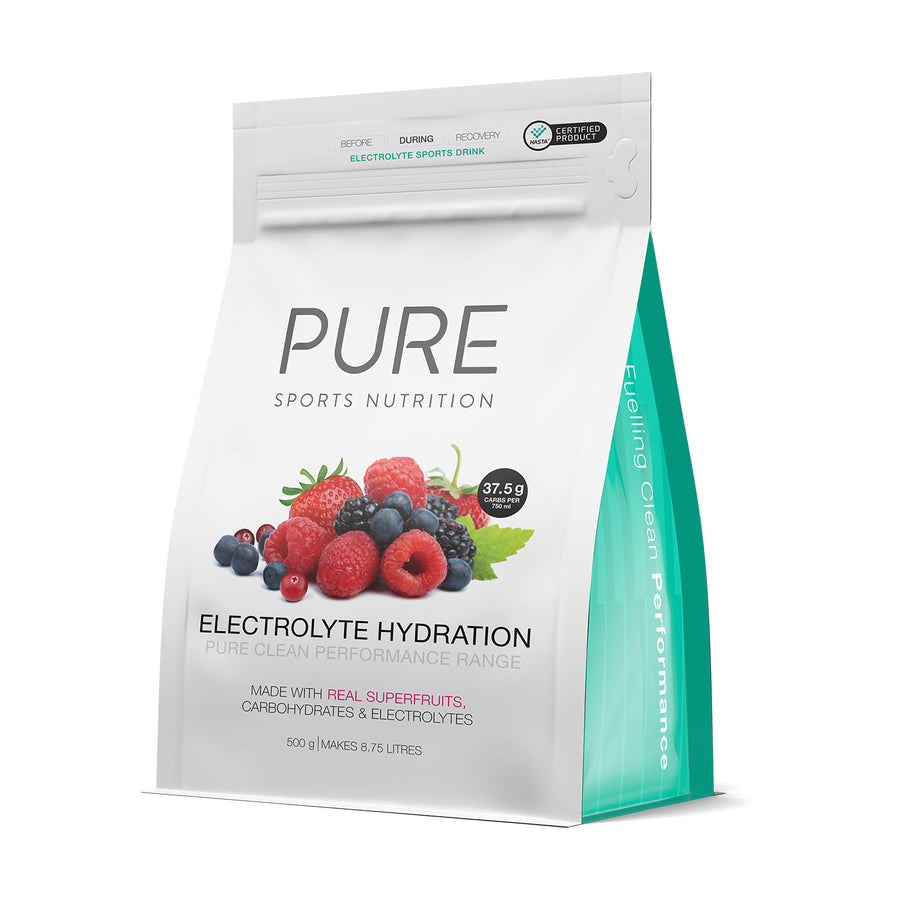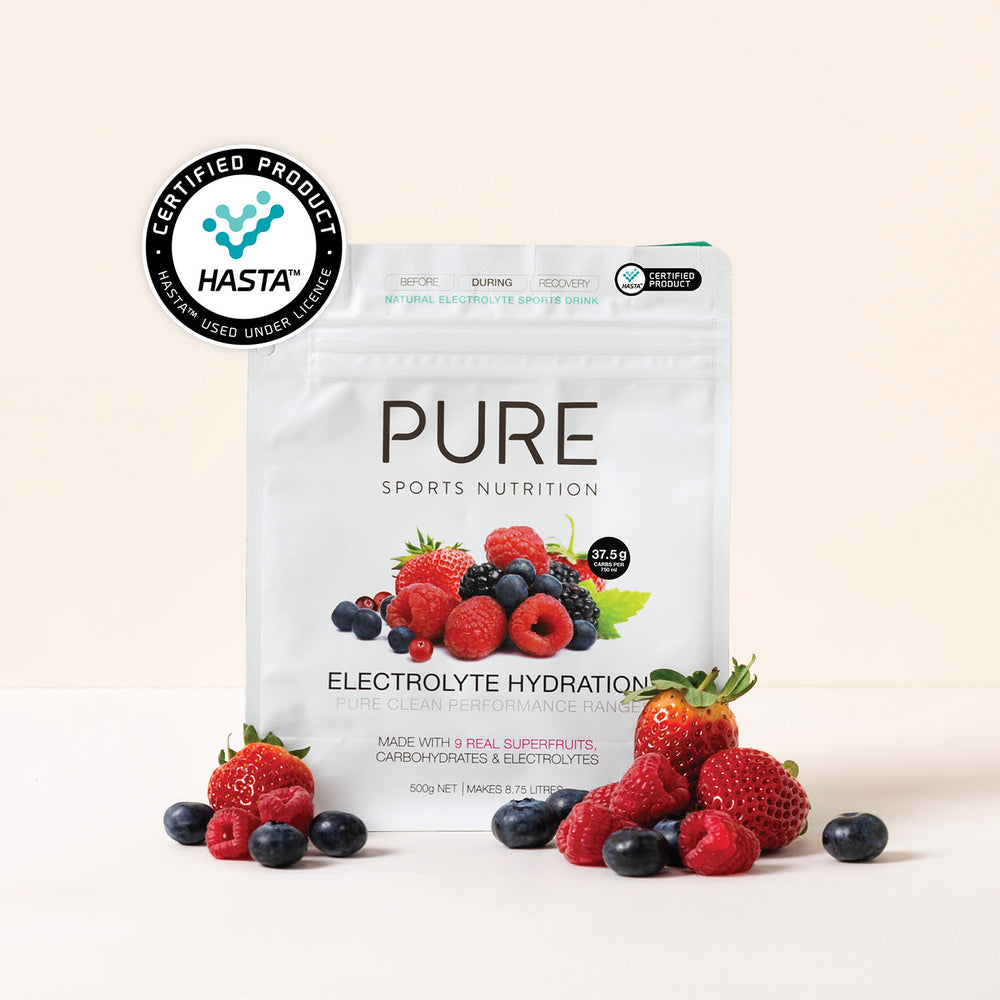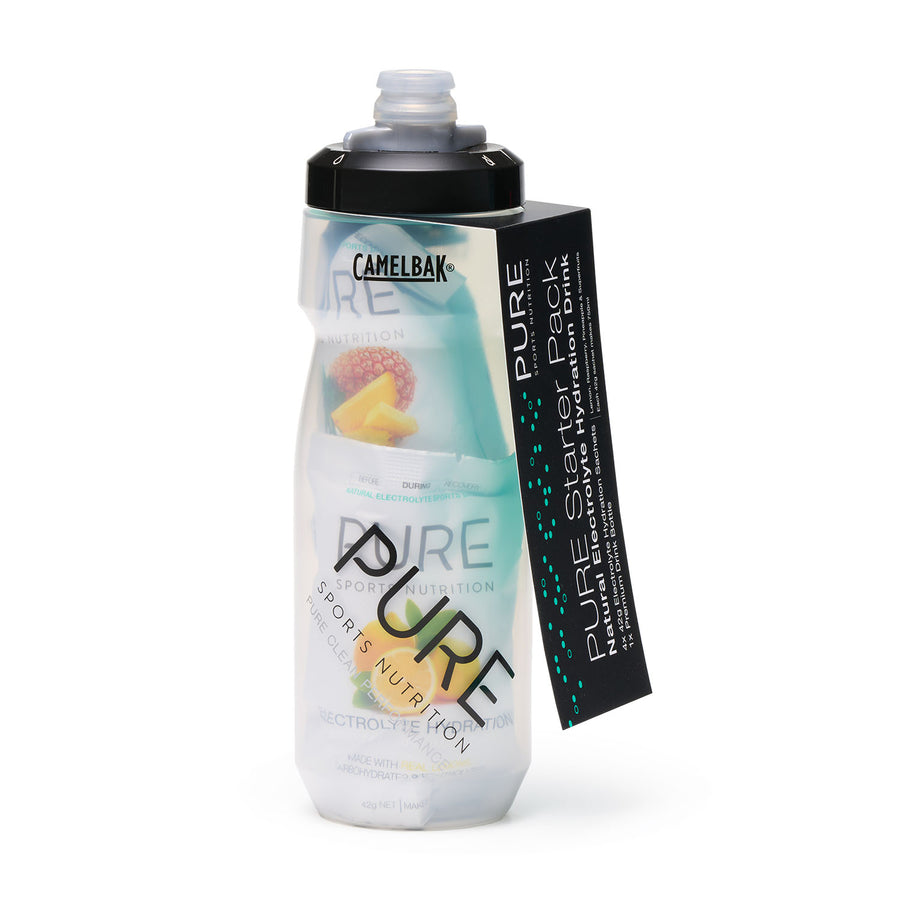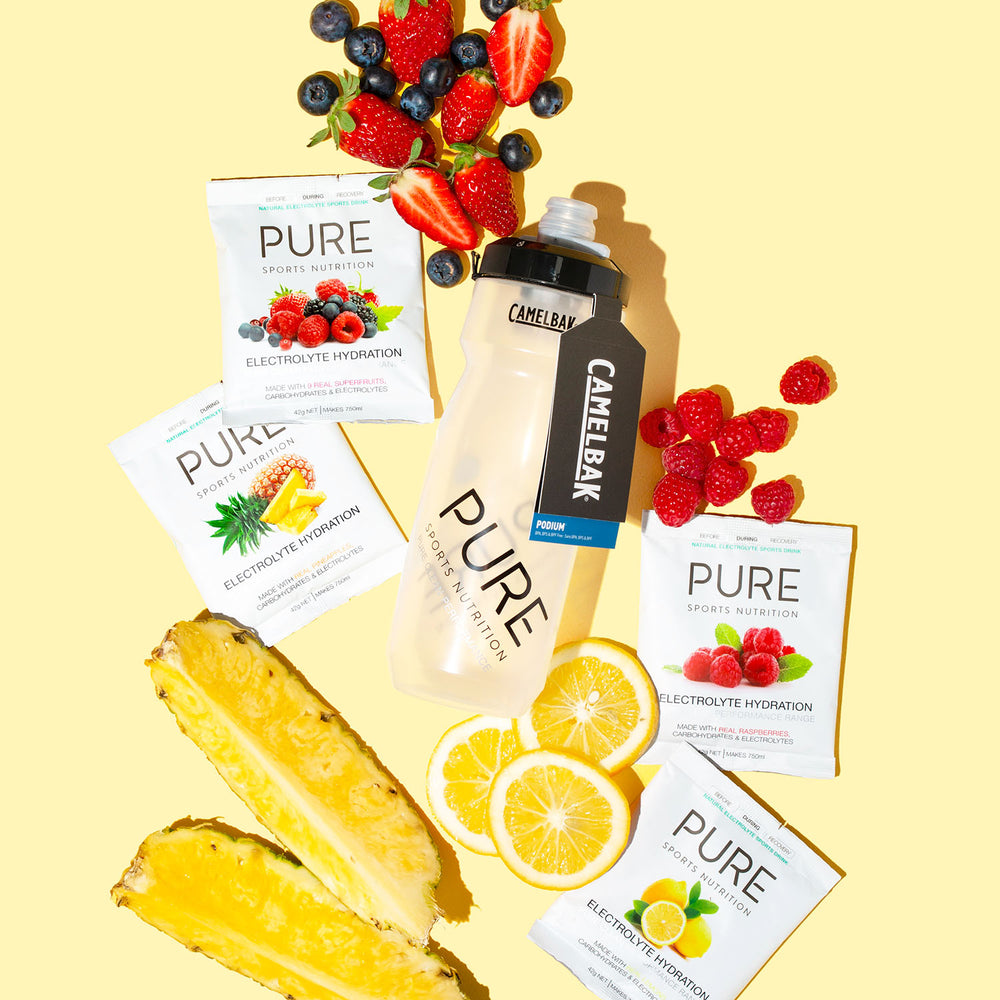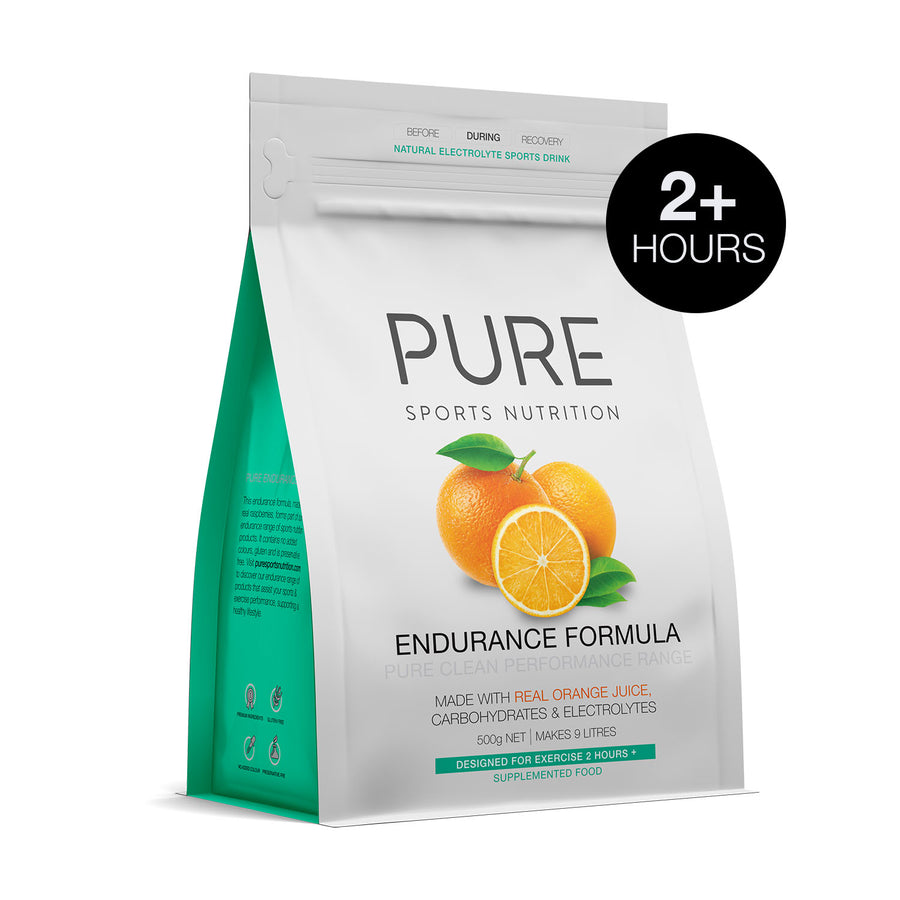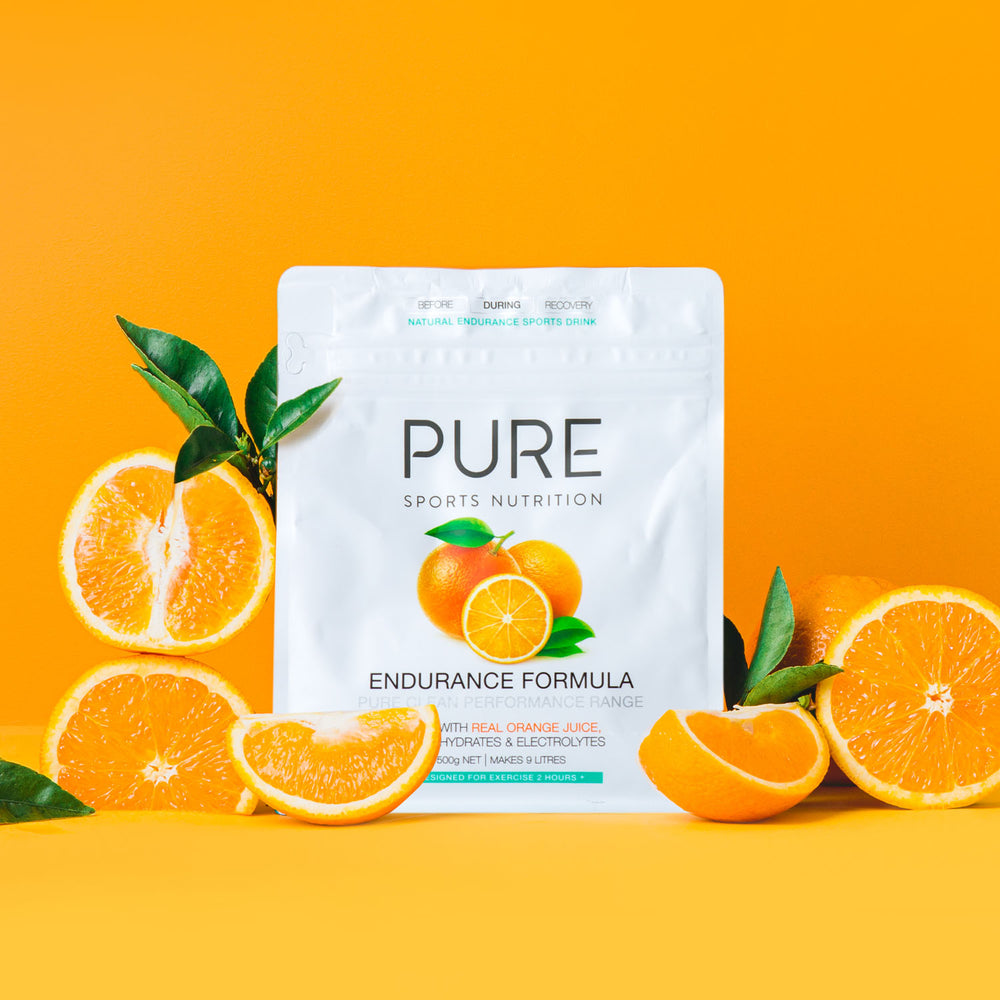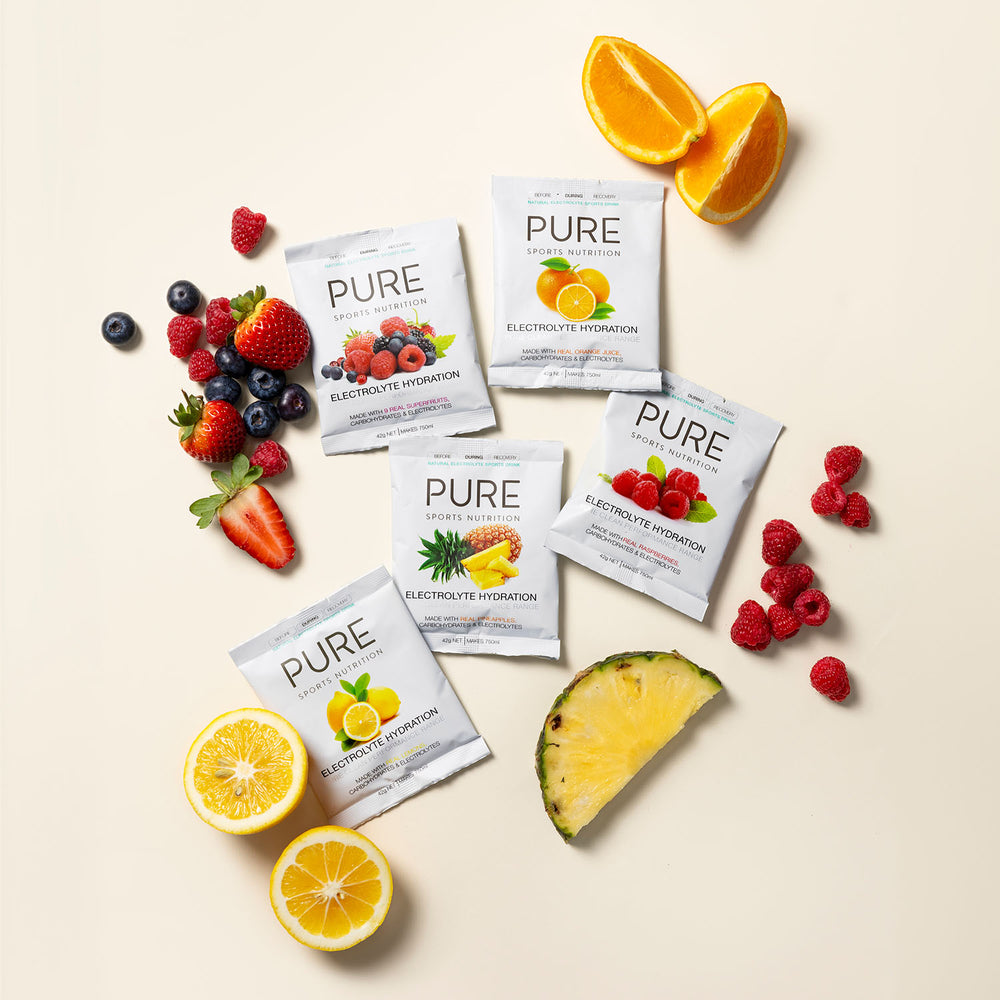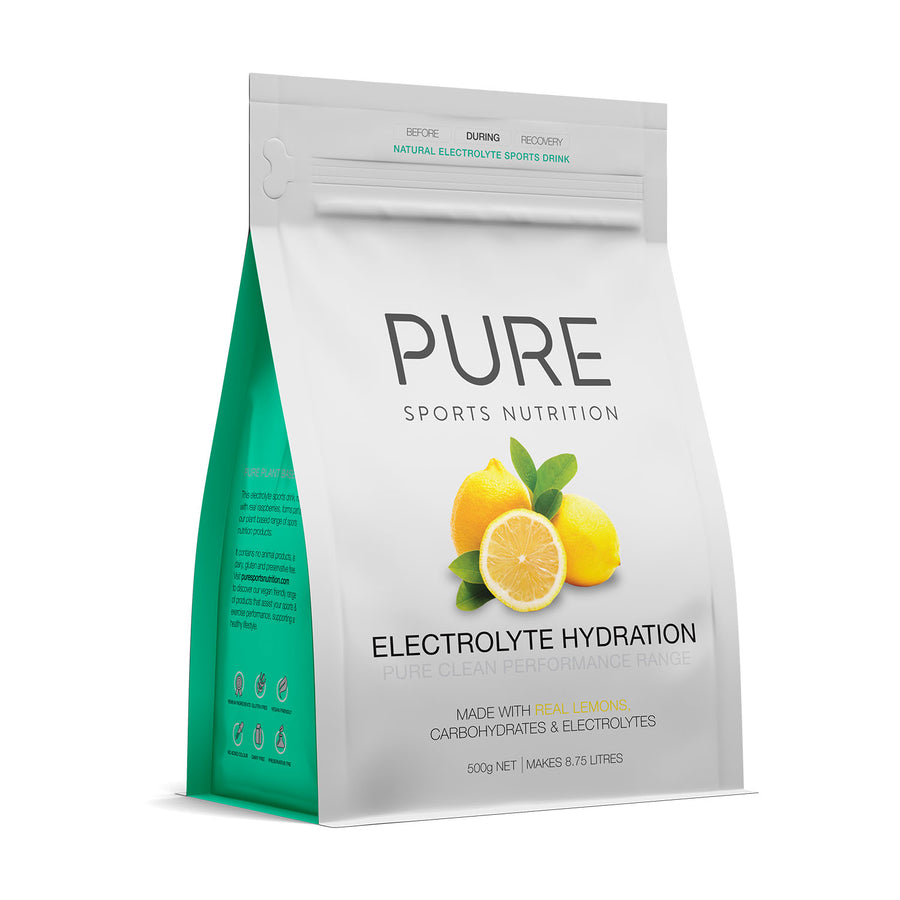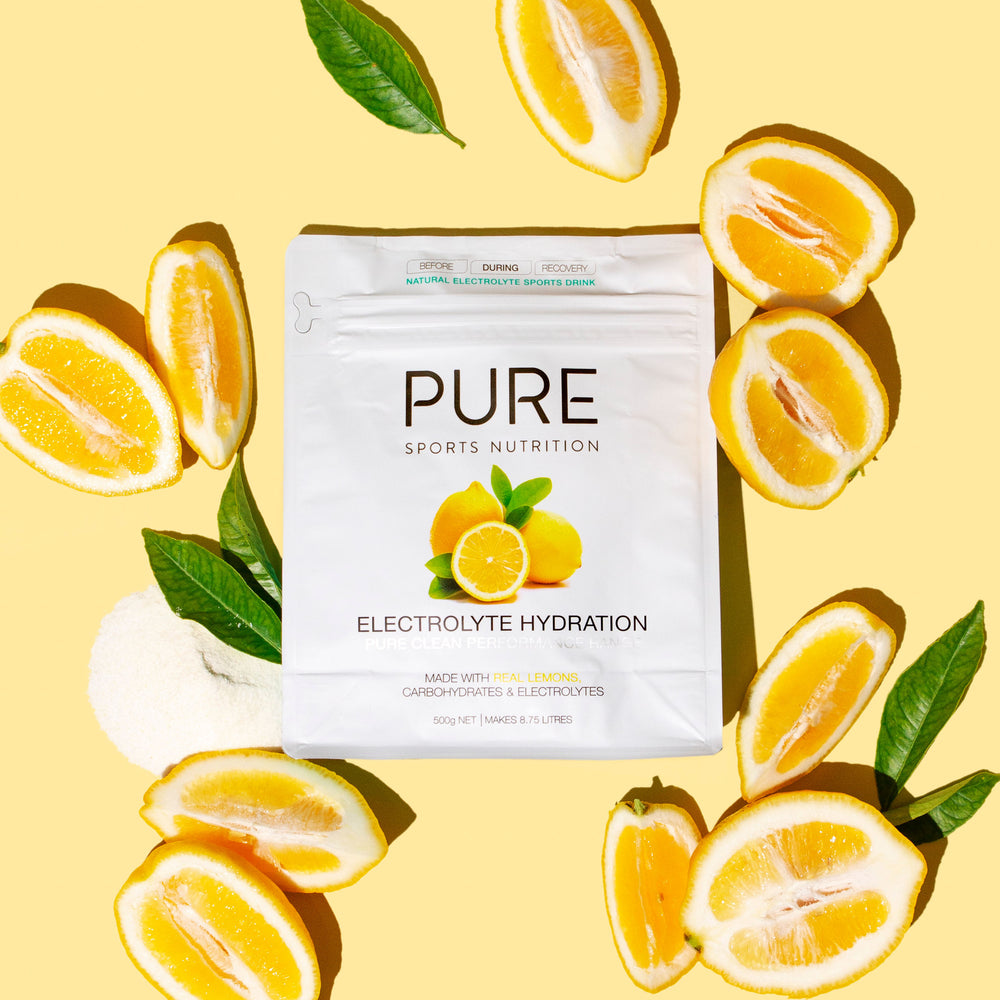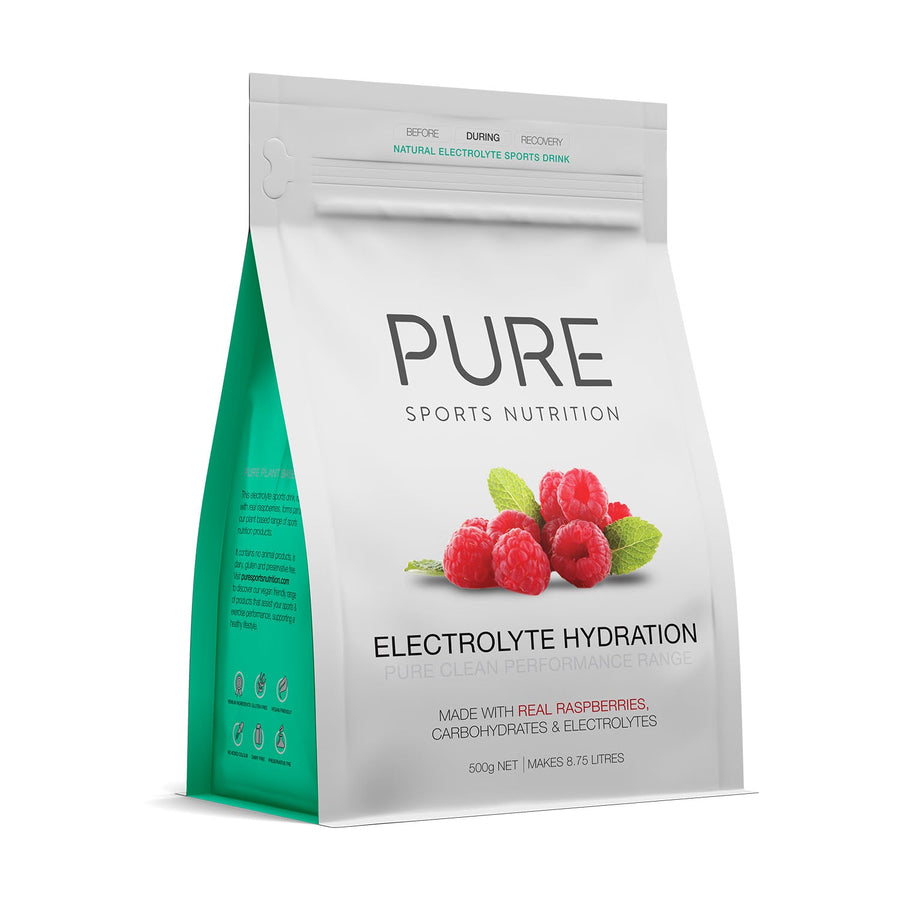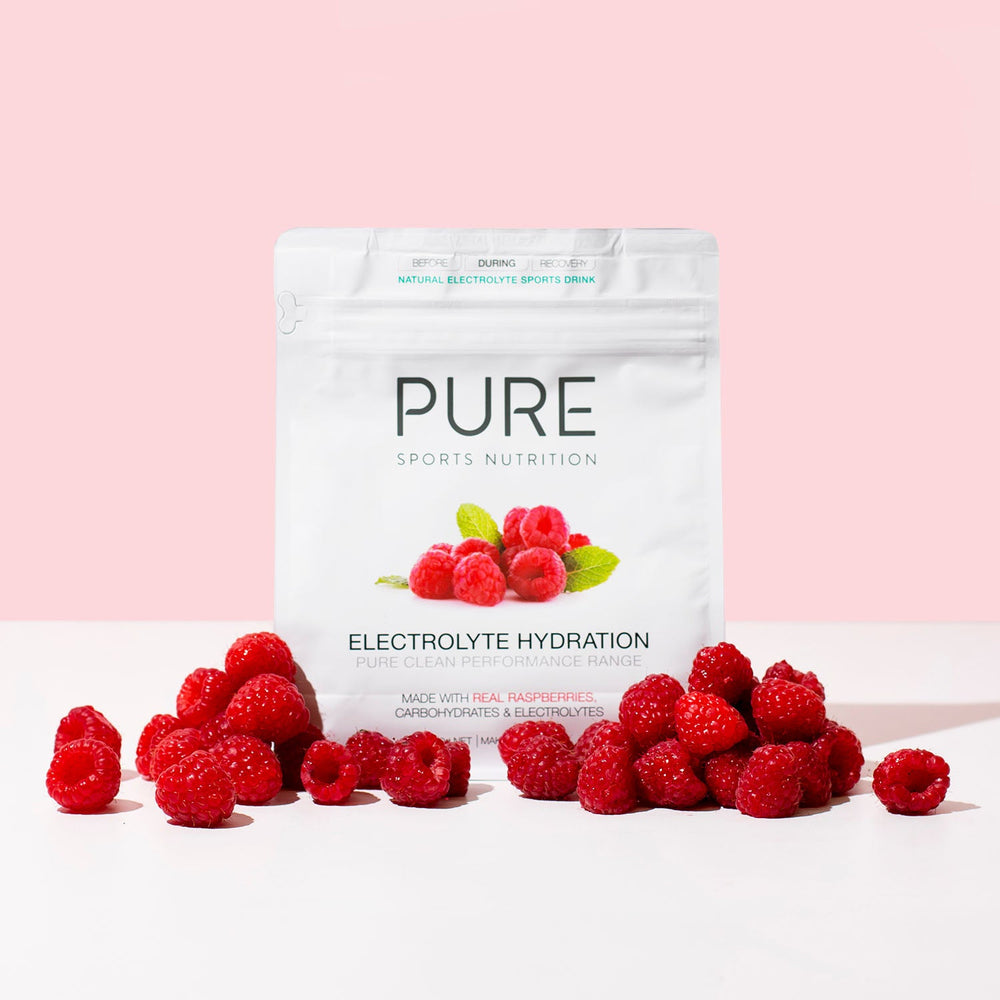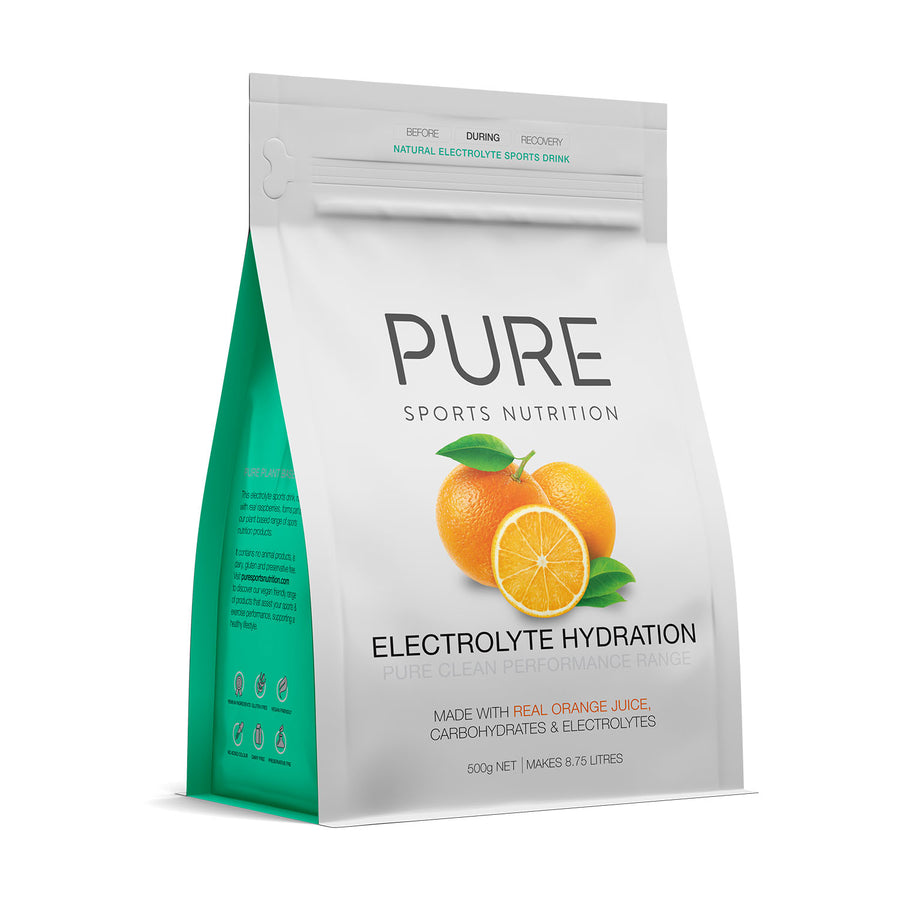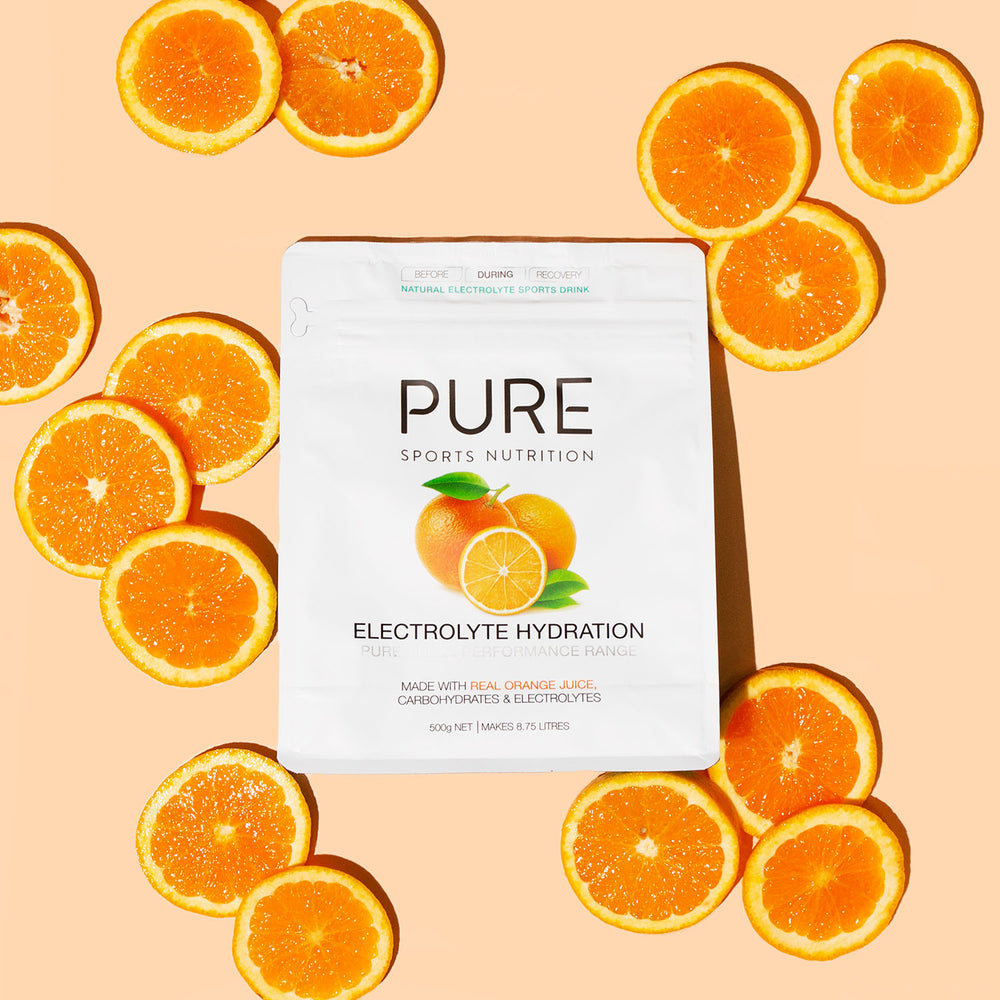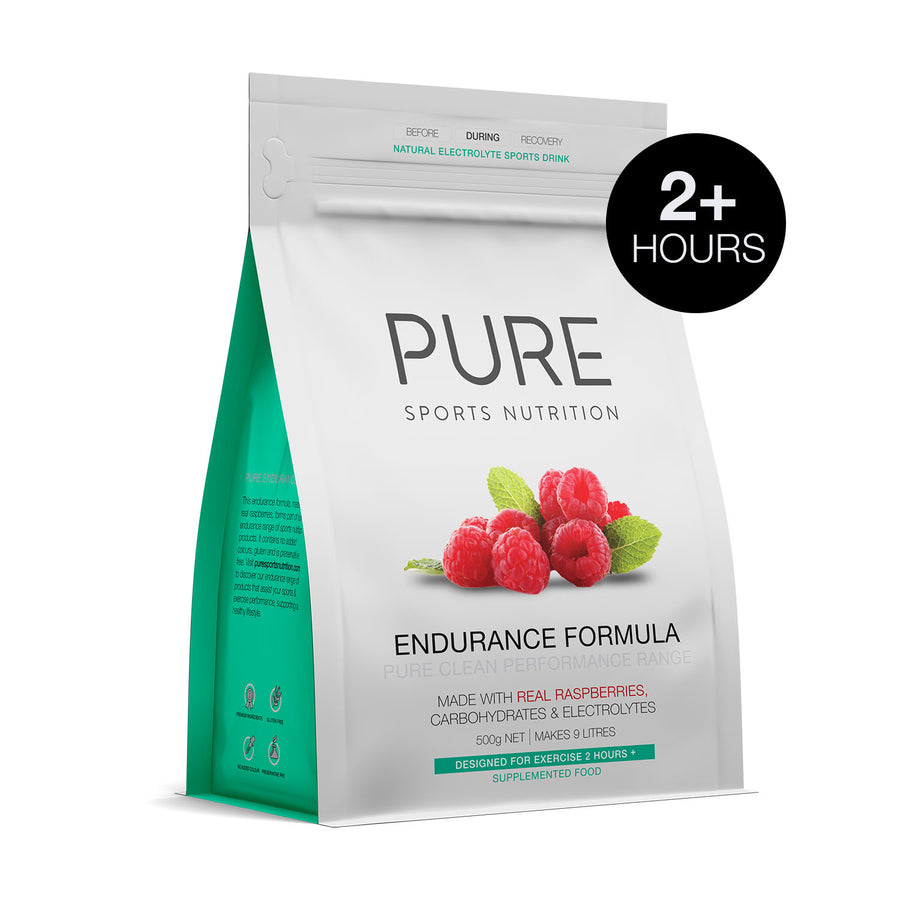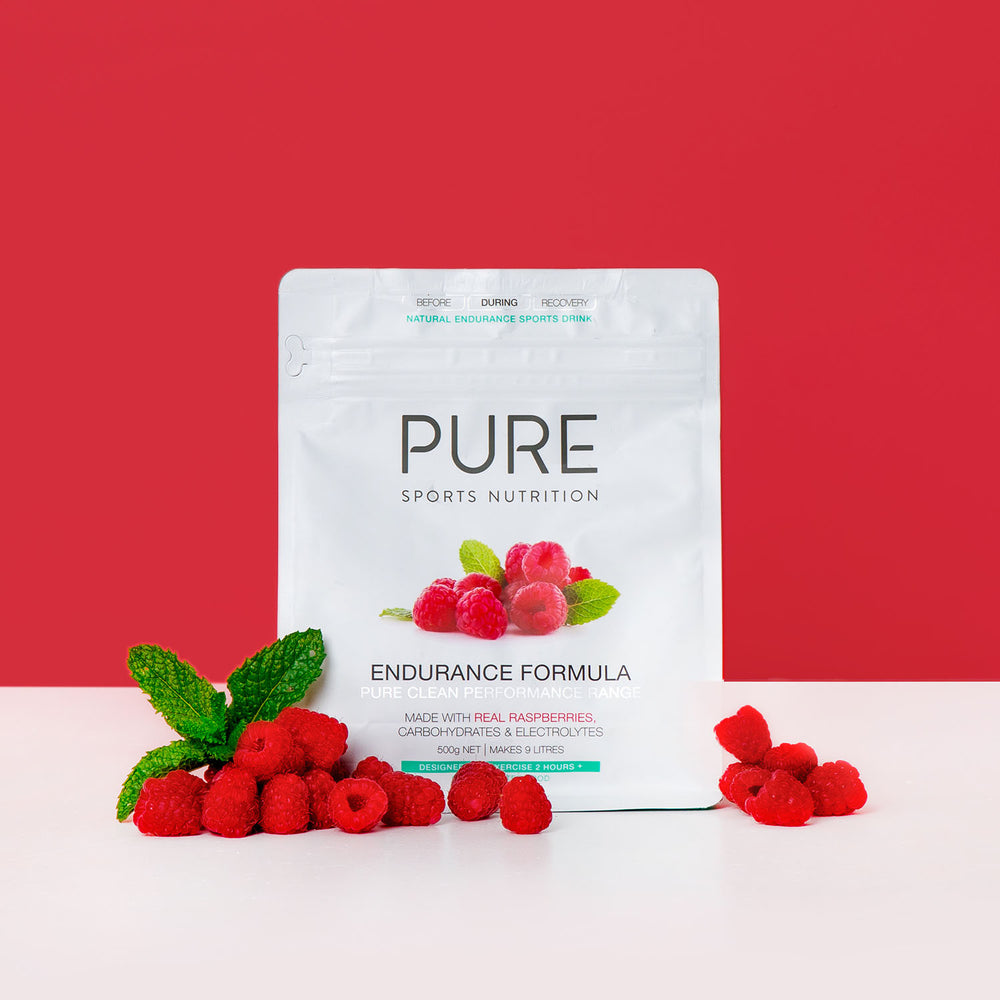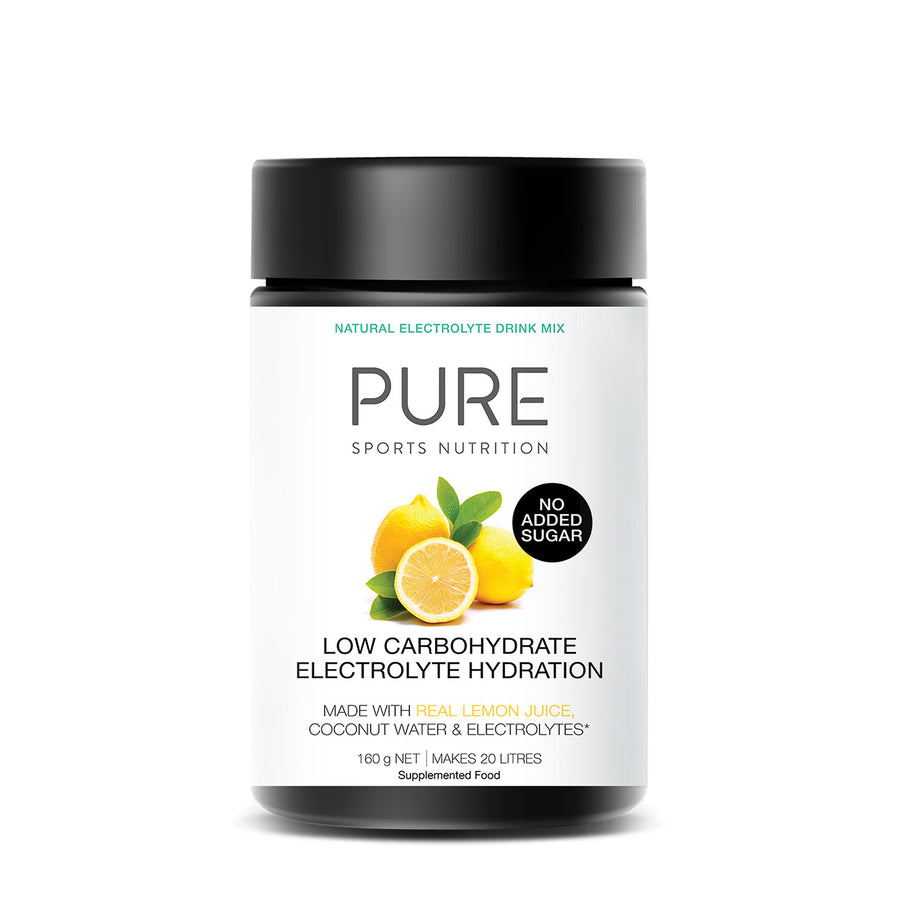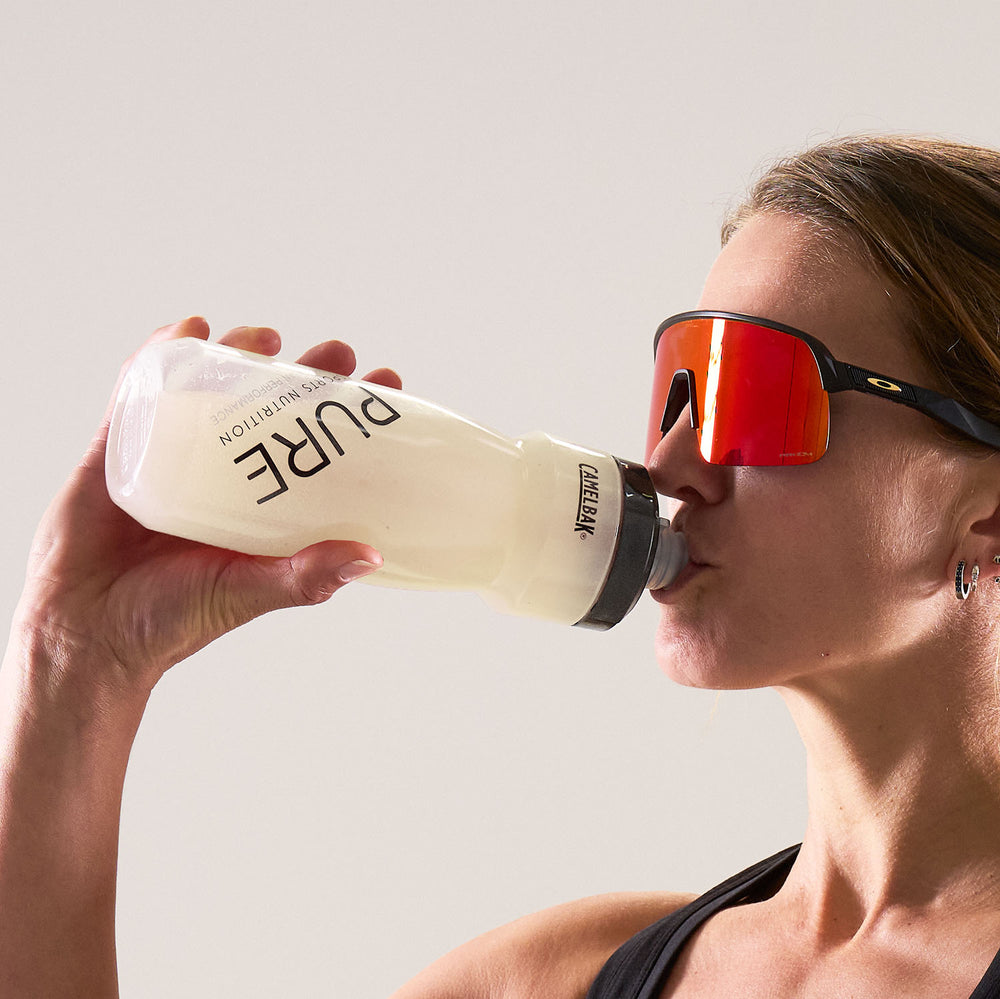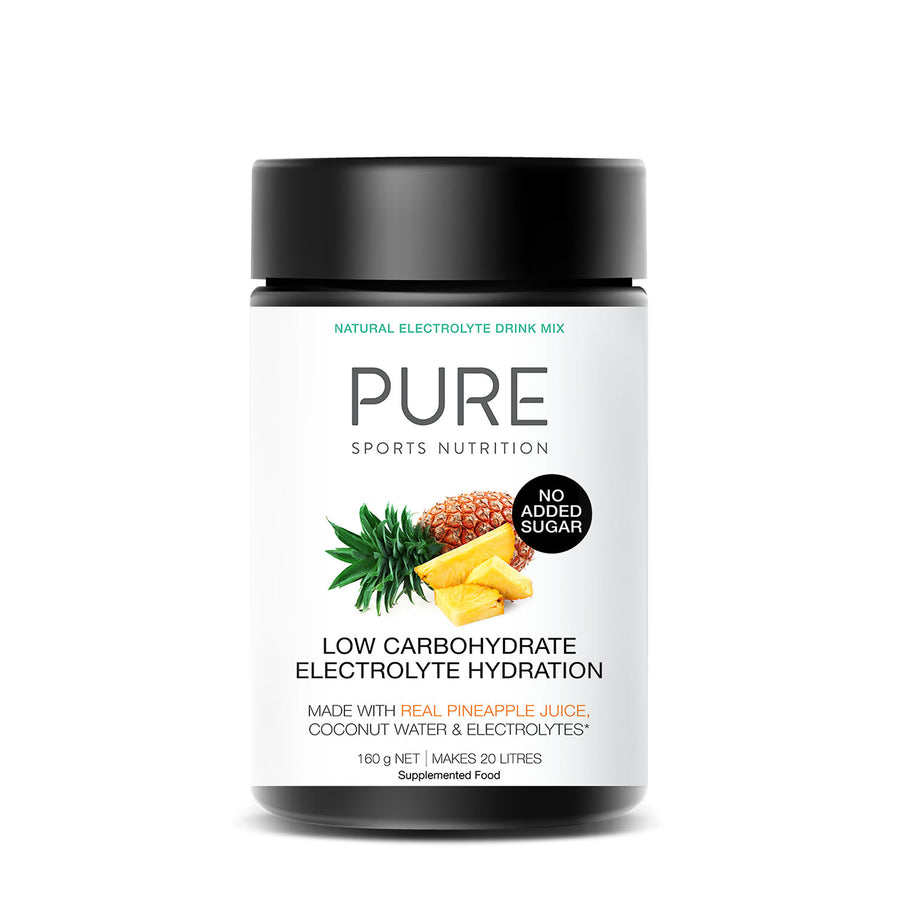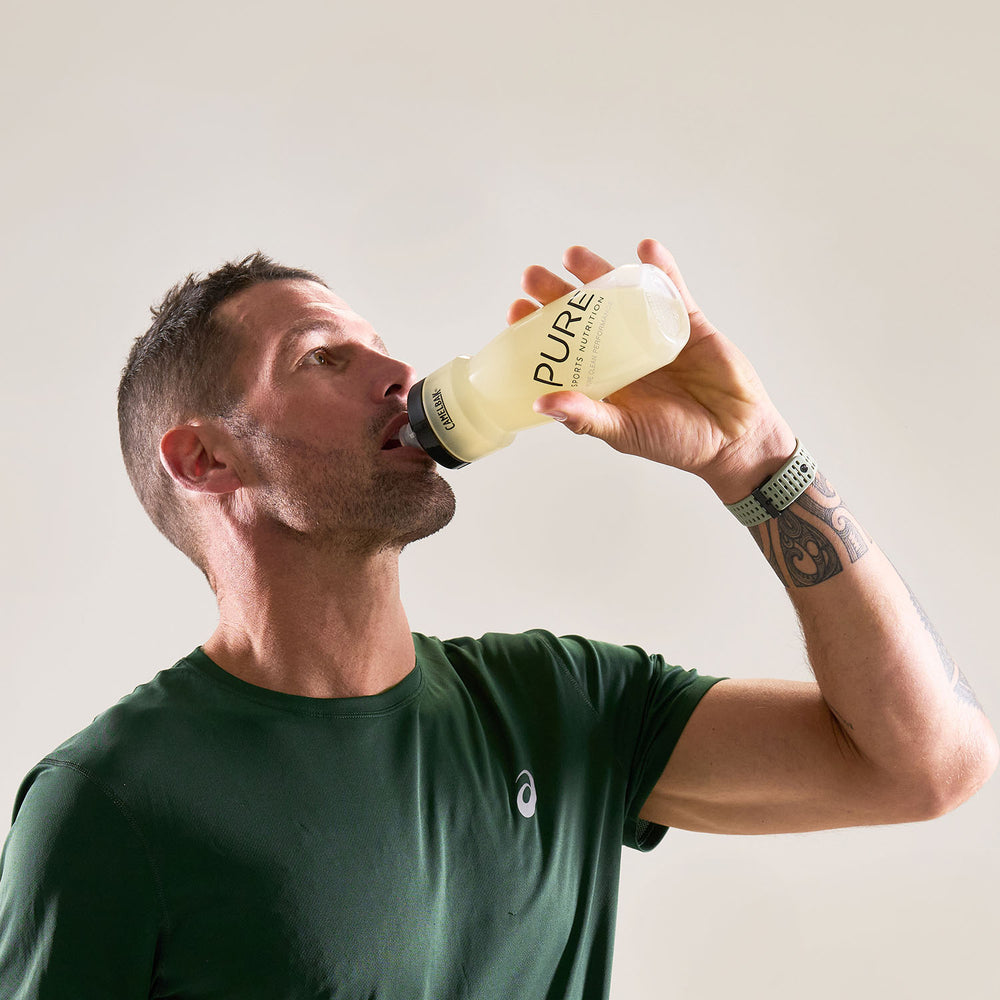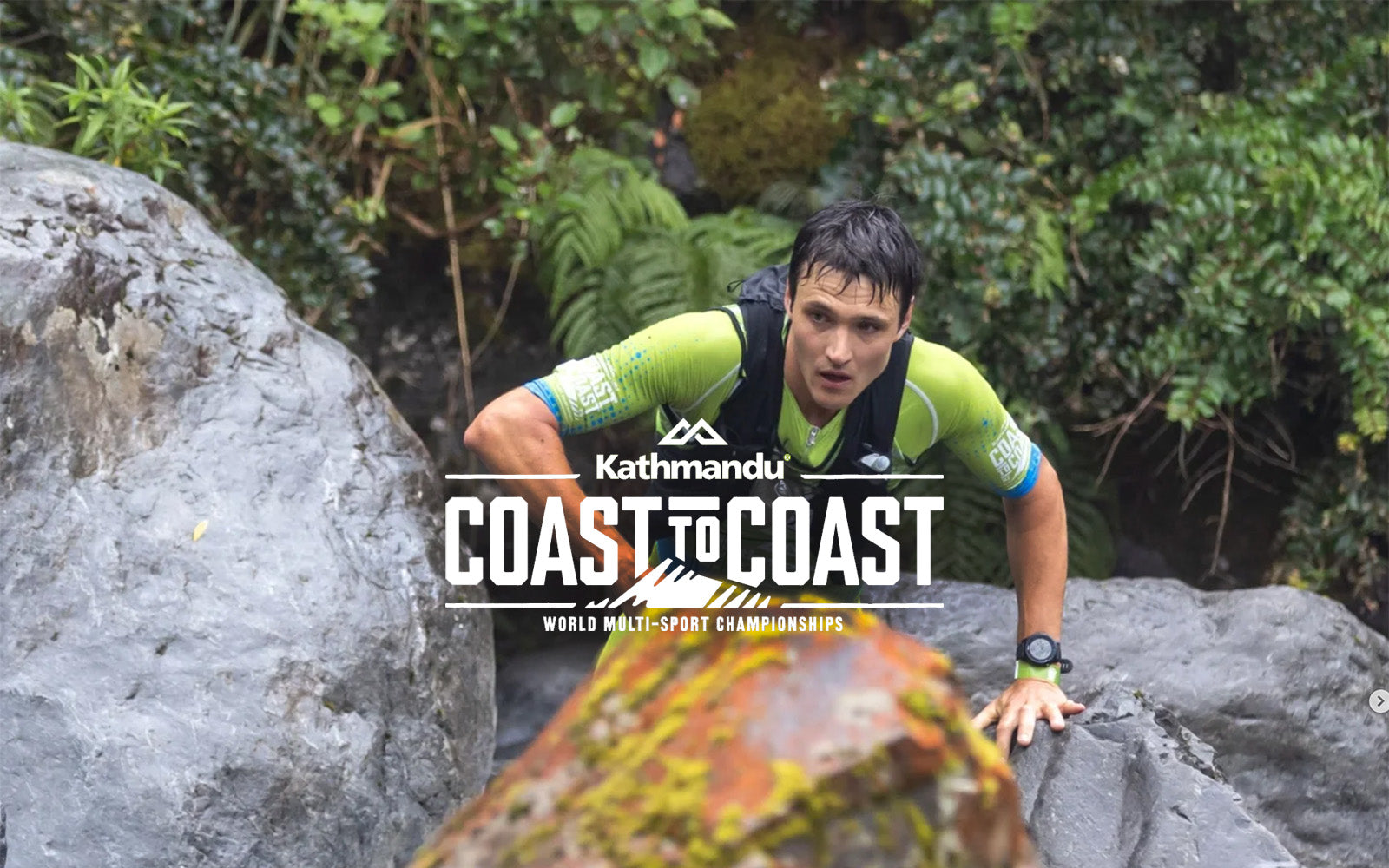
Alex Hunt on Fuelling the Coast to Coast
My preparation for Coast to Coast 2025 began, informally at least, about 2 weeks after finishing the 2024 race. After the disappointment of finishing such a close second I wasn’t sure if I was ready to put myself through another year, but my partner Maggie and Coach, Gordon Walker, were both incredibly supportive and encouraging of me to have another attempt. Without them both, I wouldn’t have come committed.
It’s odd, but in some ways I find the initial step the hardest part of the process. Once committed there’s no ambiguity. From this point I began to plan my year, nothing major, just a few written and mental notes following a reflection on the previous year and the many coast to coast races before that.
I was comfortable with my run and while not necessarily the fastest, I felt it was competitive, while to improve drastically would require a significant investment of time, likely at the detriment to the other two disciplines. My bike had shown immense improvement under Gordy and I knew, like the year before, I could reach the same level with a focussed 4 month block prior to the race. This left the obvious truth that the limiting factor to my performance, and to winning the race, was my paddle. Plus having consistently found it challenging to fuel effectively for such a long race, I decided that nutrition also needed to be a focus for 2025.
In the kayak stage I’d bled time to every winner in the past and consistently lost focus at about 2.5-3 hours, often around Iron Bridge or just below. While the majority of my issue was purely physical, there was no doubt room for a significant psychological improvement and this was something I believed I needed to focus on during my day to day training.
The physical component was relatively straightforward - paddle more often and do as much local racing as possible. For the first 6 months of the year I averaged around 70-90 k’s of flat water paddling a week. This usually consisted of a few easy paddles, a longer duration session with 5-10 minute efforts, a sprint session and a 90 minute to 2 hour paddle on the weekend. I threw in a few runs and rides every week to make sure I didn’t lose touch with either discipline. I thought a lot about the Waimak and the race in general during these paddles - anything from re-creating the river in my head to where I wanted to be in relation to my other competitors.
On the nutrition front, these 6 months were fairly non-specific. I’d typically take a carbohydrate mix on the longer paddles (normally the PURE Endurance Formula, rather than the high carb PURE Performance + Race Fuel) and races along with the odd PURE Fluid Energy Gel, particularly during the bigger sessions. I’d usually have a protein shake or PURE Recovery Shake after the sessions and long paddles.
About 6 months out, I tended back towards more normal training with the duration of disciplines roughly divided into thirds, and averaging somewhere around 15-18 hours a week. This included a trip to China for Wulong, where my large paddling block didn’t really help my running in the extreme heat! Nutrition is very difficult to get right in China, and I don’t know if anyone has found the perfect strategy. High carbohydrate mixes generally don’t work as well as you’re required to prepare everything the night prior, then have it sit in the sun in a plastic bucket all day before you get to it - a recipe for having drinks go rancid! Gels and electrolyte drink mixes are generally preferred but can become difficult to get down after 3 days in extreme heat!
Following China, I began to experiment with more specific nutrition particularly during racing, using the Race Fuel for several events to great success. Four months out, I began working with Gordy and fully committed to Coast. Nutrition became a key part of my training. I wanted to simulate as much of the race as I could, along with the obvious benefits of keeping energy high and recovery. I was using Race Fuel for all key workouts and endurance sessions, typically sticking to the recommended 90 grams per hour, with the odd gel 10-15 minutes before most workouts. I’d aim for at least a single serve of protein per day and often two during bigger or split session days.
I arrived in New Zealand six weeks before the race, which gave me an opportunity to refine my nutrition strategy on the paddle and run course. For the run, I took one soft flask pre-mixed with Race Fuel, and two empty flasks filled with Race Fuel powder. During my training runs I dialled in exactly which river crossings I’d be filling these at. These were roughly around the 1 and 2 hour marks, and were followed by sections that didn’t require a huge amount of clambering so I could effectively mix the powder. I aimed to consume an extra PURE Fluid Energy Gel per hour on top of the race fuel.
Monitoring fuel consumption in the boat is obviously fairly difficult, so getting plenty of practice prior to race day is critical. Having tried various strategies in the past, including concentrated gel mixes and a freshwater pickup, this year I primarily used Race Fuel as my sole source of electrolytes, carbohydrates and hydration.
I paddled with 2 x 2 litre bladders in the bottom of the boat, with a fairly standard hands free drinking system connected to my lifejacket. I generally filled each bladder with around 1-1.5 litres of Race Fuel at the standard concentration, while I also carried a 500 ml bottle in the front of my lifejacket with a flavoured carbohydrate mix along with several spare energy gels in the pockets.
My strategy was to consume the first bladder by Hamilton's Rapid/Halfway hut, and the second roughly by Woodstock. The final hour I’d treat myself to the flavoured mix, with the added bonus of knowing there was less than an hour to go below Woodstock. This way I knew I was pretty well on target with what I required - without needing to stop paddling to check! The spare energy gels were for a bit of variety during training, and as a backup if I swam and lost a bladder (luckily, I never did!).
On race day, I kept things as simple and consistent as possible, planning my expected hydration requirements in the boat and final bike based on the forecast, with plenty of backup for my support crew to call upon if required.
I began the day at 4:00 am with a cup of oats soaked in water with a small amount of milk and Greek yoghurt, coffee with a dash of milk and half a bagel.
I took a single gel 15 minutes before start time, washed down with electrolyte. The rest of the day was broken down as follows:
First Run/Bike (approximately 1 hour 50 minutes)
750 ml PURE Performance + Race Fuel
1 x PURE Fluid Energy Gel
Run (3 hours)
3 x 500 ml PURE Performance + Race Fuel
3 x PURE Fluid Energy Gels
Mid Bike (approximately 25 minutes)
300-400 ml PURE Performance + Race Fuel
1 x PURE Fluid Energy Gel
Kayak (4 hours 30 minutes)
2.5-3 litres PURE Performance + Race Fuel
Final Bike (approximately 1 hour 50 minutes)
500 ml PURE Performance + Race Fuel
1 x PURE Fluid Energy Gel
1 x PURE Fluid Energy Gel + Caffeine
Having always struggled to fuel successfully for such a long race, I feel as though Race Fuel allowed me to refine my nutrition strategy to a point I was completely happy with, allowing me to sustain high intensity racing for well over the 11 hours it took to complete the race.
